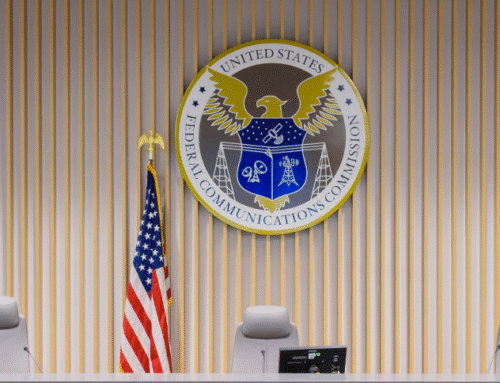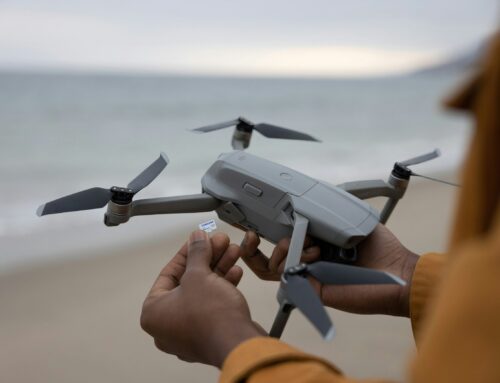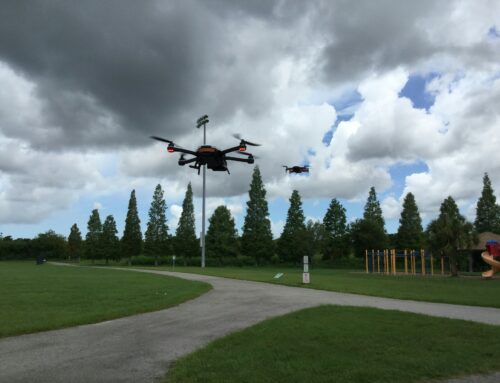A drone built by a little-known American startup did something last week that has got lots of attention. The SiFly Q12, a fully electric multirotor drone, completed the entire 63-mile course of the Uncrewed Triple Challenge (UTC) in Michigan—while carrying a 10-pound payload and braving wind gusts of up to 32 mph.
A Historic Win in the Heart of Michigan
Launched by the Michigan Economic Development Corporation in partnership with the Michigan National Guard and the Department of Transportation, the UTC competition challenges drones to autonomously navigate three demanding segments: 10 nautical miles over water, 58.5 nautical miles through the air, and 23.5 miles on land.
To qualify, competitors must demonstrate seamless package transport across all three terrains without manual intervention—a mission that combines endurance, engineering, and real-time adaptability. The payload itself is dense 10-pound Pelican case packed with sensors and tracking gear.
Until this year, no team had ever completed the entire course.
SiFly Drone Endurance Flight
Enter SiFly. Based in Santa Clara, California, the startup emerged from stealth mode earlier this month with bold claims: four times the endurance, ten times the range, and five times the payload of typical commercial drones. The Q12 drone is the embodiment of that vision.
And now, its easy to see why.
The Q12 completed the air leg of the UTC—a 26-mile flight segment—in high winds, without requiring a battery swap or losing connection. That single segment alone more than doubled the longest known multirotor payload flight, previously capped around 11 miles with a 2-pound load. The Q12 did 26 miles with 10 pounds.
How does it compare with the old benchmark?
- Previous Record: 11-mile range, 30-minute max endurance, 2-pound payload
- SiFly Q12: 26-mile air segment, 3-hour forward flight, 10-pound payload
That’s over 2.3x the distance, 6x the payload, and 6x the duration.
And that’s just the air course. The Q12 performed amid wind gusts reaching 32 mph, a stress test for stability and control. SiFly’s onboard AI, layered autonomy, and nearly silent propulsion enabled it to stay airborne with precision.
Why This Matters for Emergency Response
So what does this mean for critical missions?
- Search and Rescue: When hikers go missing in rugged terrain, drones like the Q12 can now deliver critical gear or supplies far beyond the range of current options.
- Disaster Relief: Reaching areas cut off by floods or wildfires no longer requires a helicopter.
- Public Safety: Persistent aerial surveillance with heavy payloads (cameras, sensors, even medkits) is now viable on a single flight.
Helicopter Performance at Drone Costs
The cost equation is just as disruptive as the technology.
Helicopters are expensive to operate, noisy, and resource-intensive. Most commercial drones, on the other hand, are limited by battery life and payload capacity, often requiring multiple units or frequent landings for battery swaps.
SiFly’s Q12 changes that. With three-hour endurance, a 90-mile range, and 10-pound lift, it promises full mission coverage without mid-mission interventions. According to SiFly, this translates to 90% lower operational cost per square mile in drone-as-first-responder (DFR) programs.
Related Reading: Will SiFly Drones Prove U.S. Manufacturing Can Compete and Win?
SiFly Q12 Specs Summary
Here’s what makes this long range drone tick:
- Flight Time: 3 hours forward, 2 hours hovering
- Payload: 10 pounds
- Range: 90 miles
- Connectivity: Built-in 5G, real-time cloud sync
- Noise Profile: 10x quieter than competitors, nearly silent at 100 meters
Even more, it’s NDAA-compliant and fully U.S.-made, meaning it’s suitable for federal and public sector use—a major selling point in today’s geopolitical climate.
Designed for Autonomy and Scale
SiFly isn’t just focused on performance. The Q12 is built for minimal human involvement. Its layered autonomy includes perception systems and AI-driven navigation, allowing for fully remote mission execution.
This opens the door to scalable, swarm-style operations. Multiple Q12s could be deployed simultaneously for rapid terrain mapping, wildfire monitoring, or large-scale search and rescue without needing on-ground pilots.
From Fields to Firelines
The Q12 has already seen real-world deployments. At Amaral Ranches in California’s Salinas Valley, it delivered real-time agricultural data across sprawling fields. These pilot missions validated its long-range capabilities and helped refine the drone’s AI systems.
Applications cut across emergency logistics, firefighting, and infrastructure inspection. The Q12 can carry cameras, LiDAR, thermal imaging systems, and even drop payloads with high precision—all without breaking its 10-pound ceiling.
Built by a Veteran Team
SiFly isn’t just a tech experiment. It’s the brainchild of a proven team.
CEO Brian Hinman is a serial entrepreneur, previously behind companies like Polycom and Mimosa. Chief Business Officer Logan Jones brings years of aviation expertise, including time at Boeing’s HorizonX. The core team holds over 65 patents and brings deep experience in high-volume manufacturing.
This blend of startup innovation and aerospace discipline has clearly paid off.
A Challenge to the Global Market
Until now, China’s DJI has dominated the commercial drone market. But the Q12’s performance positions SiFly as a serious U.S. competitor.
And the timing couldn’t be better. With increased scrutiny of foreign-made drones, especially in federal use, SiFly’s domestic production and NDAA compliance offer a compelling alternative.
There are still questions. Pricing has not been disclosed. Production capacity remains uncertain. And the underlying tech—batteries, materials, propulsion—remains mostly under wraps.
But if the Q12’s Michigan triumph is any indication, this isn’t vaporware. It’s a signal flare for what the next generation of industrial drones might look like.
What Comes Next?
With its Q12 record in the books, SiFly is set to begin deliveries in Q4 2025. Its next platform, the heavy-lift Q250 with 200-pound capacity, is scheduled for 2026.
For now, all eyes are on SiFly’s upcoming demos and strategic partnerships. Agencies from public safety to infrastructure will be watching closely.






